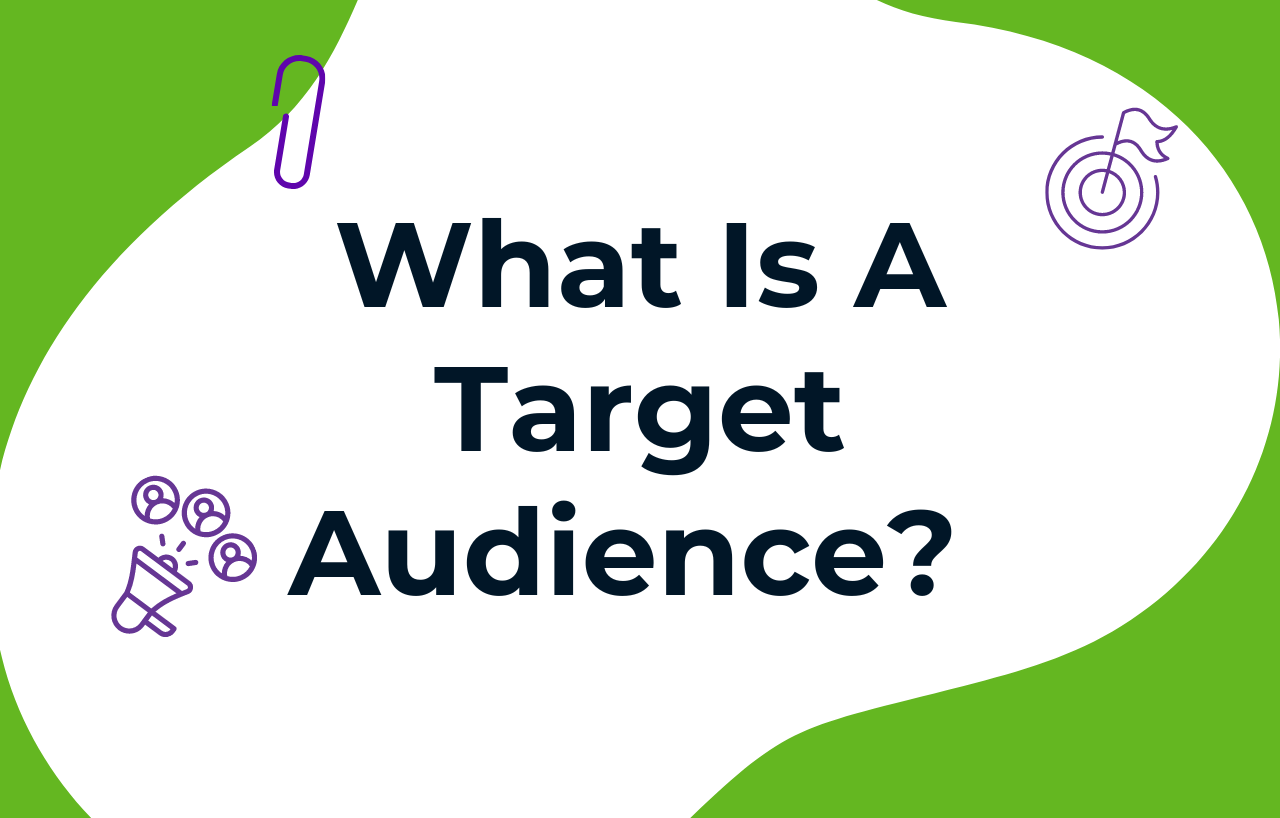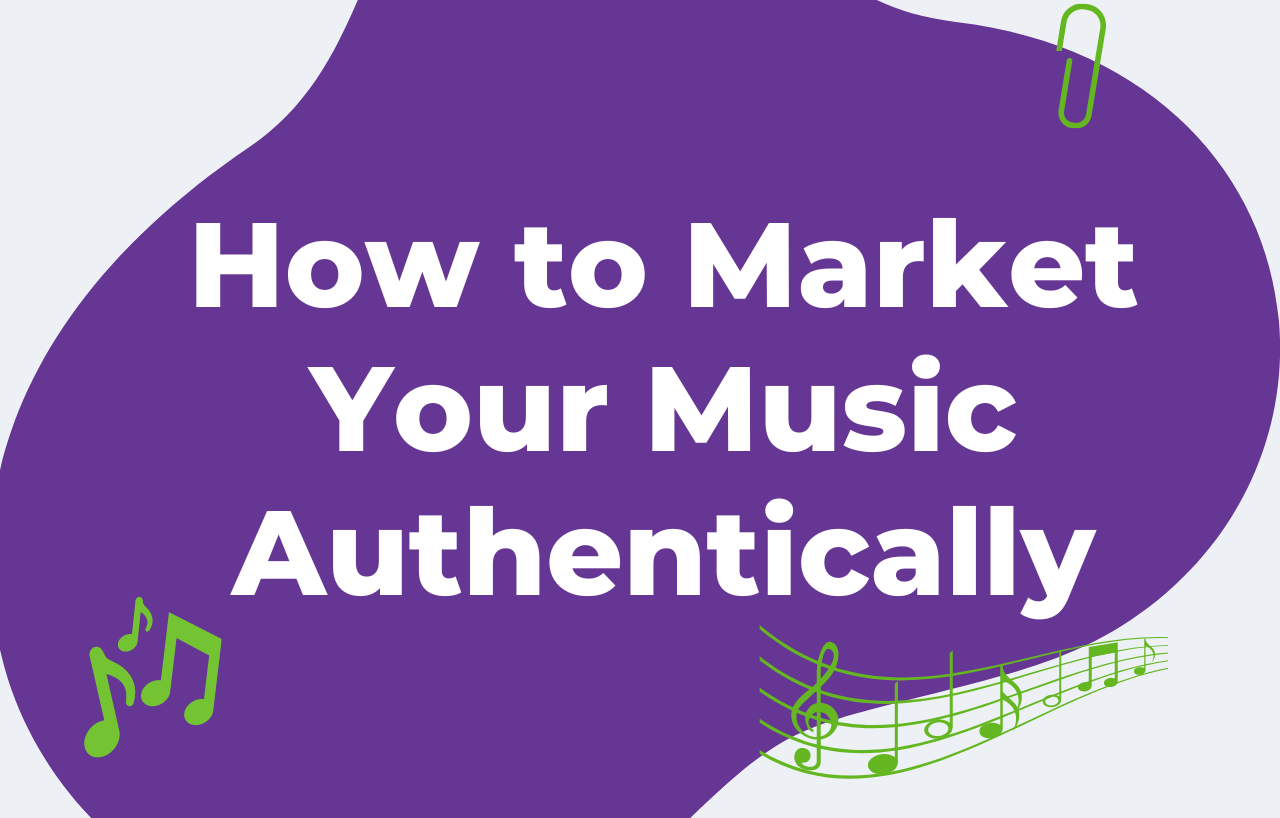Content marketing is one of the best ways to drive traffic to your website. But, let’s be honest, it isn’t as easy as it used to be.
Less than a decade ago, a simple website was all a business needed to succeed online. Now, effective content marketing demands so much more.
Content marketing generates three times as many leads as outbound marketing, so we think it’s worth the time and effort – don’t you?
Content marketing involves creating and distributing valuable, relevant, and consistent online content. In return for your efforts, you’ll boost your SEO and traffic, create brand awareness, establish customer trust, and more.
This sounds great, but how do you make content marketing work for you?
Well, there’s a lot of content marketing advice out there. It can be confusing and overwhelming trying to navigate it all – let alone figure out whose advice you can actually trust.
But don’t fret. We’ve sorted through all the noise to create a concise list of 6 helpful tips to make your content marketing efforts more successful.
Let’s get started!
1. Avoid keyword stuffing and empty link building
You’ve been told time and time again how important it is to include keywords in your content.
And while this is true, it’s also essential not to fall victim to keyword stuffing.
Keyword stuffing is when a business repeatedly uses the exact keywords or phrases to get its content ranked higher on search engine results pages (SERPS), even when it’s awkwardly placed or unnatural to read.
The problem with keyword stuffing is that Google’s updated algorithm can see right through it. And worse, your audience can see right through it.
Keyword stuffing is actually considered a form of spam and is against the guidelines of many search engines, including Google.
Empty link building is another ill-fated ‘SEO tactic’ to avoid if you want to stay on Google’s good side.
Empty links have no content, add no value to your copy. Like keyword stuffing, these are used by businesses to trick search engines and gain higher rankings.
Remember, link building should always be about adding useful links to your content, adding value for your audience.
2. Write for humans
When creating content for your business, it’s important to remember you’re writing for people, not robots.
We know it can be tempting to focus your content solely on what you think Google’s search bots want to see. But this won’t get you the results you’re hoping for. In fact, you could end up doing more harm than good.
Google’s main goal is to be of value to its users by answering their queries. This is why the search engine now ranks sites based on how well they match user intent.
Creating content that attracts real people and meets user intent will improve your ranking a lot more than content written for machines.

3. Cover the basics, then differentiate
When you focus solely on answering a user’s question and box-checking keywords, you end up with content that looks the same as everyone else’s.
This means there’s nothing unique about your content, and it won’t set you apart from your competitors. You want your content to show your audience why you’re the better choice.
Don’t get us wrong – you should absolutely provide the immediate and direct answer to a searcher’s question. But once the basics are covered, it’s important to get creative about how your brand can spin the same old thing a little differently.
How do you do this?
Well, there are many ways. You could highlight how much experience you have in your industry or take the time to go further into detail about the questions you’re answering.
You could also give a little extra attention to your content’s design and user experience (UX). Remember, even the most interesting and useful information will be lost on readers if you don’t present it effectively.
It’s all about going the extra mile to ensure users remember you over everybody else that’s producing similar content.
4. Look for easy link-acquisition opportunities in your content
Link acquisition is the practice of acquiring links to your website from other websites. It’s often confused with link building, but they’re actually to different things.
With link-building, businesses try to get other sites to link back to them through their own efforts. It’s another game played to win Google’s favour, but like many different tactics, it’s become less effective over time.
Link acquisition is all about creating a page with valuable information that other people are likely to link back to organically.
The trick to link acquisition is to rank naturally by providing answers to specific queries. A great tip is to look for statistical questions you can answer. Or why not create your own infographic?
Search engines want to see several sites endorsing or vouching for a page. So, acquiring inbound links from high-authority sites is a surefire way to boost your website’s visibility.

5. Analyse the sites and pages that outrank you
It’s easy to get frustrated when other sites and pages rank higher than you. But take it as a learning opportunity and ask yourself why they outrank you.
Most great marketers keep a close eye on what their competitors are up to and adjust their content accordingly. So, if there’s a keyword your competitors are ranking for, there’s nothing stopping you from using it in your own content.
At the same time, the content you create needs to be original – never outright steal content from another site.
Google keeps a close eye out for plagiarism, which can affect your SERP ranking and, in extreme cases, may result in your site being deleted from the list.
The secret is to take the top search results for any keyword or topic and (ideally) produce a piece of content better than the rest.
6. Design the layout of your content
How your content appears on your web pages matters.
No matter how well-written your content is, no one will read and engage with it if it isn’t laid out in an organised, easy-to-follow way.
When there’s too much content on the screen and no clear layout, users can get frustrated, overwhelmed, and stressed. They’ll likely just abandon the page. Can you blame them?
To figure out how to present your content, think about the most important content on the page and then order and design the layout around it.
Remember, a good layout for a website keeps users interested and makes your content easier to consume.
7. Always be improving
Stay up to date with the latest Google trends, and adapt your current and future content to keep the search engines happy. Regularly analyse your current content’s performance and update, adapt, and evolve it where needed.
If you need assistance creating content for your website, then we’d love to help. Our Website Copywriting Accelerator Pack offers customers everything they need to create a fantastic website.
With the Accelerator Pack, enjoy access to whitelabel versions of the website copywriting templates our team has used to write over 400 websites.
Purchase your copy here – the website of your dreams awaits!
Other Posts
 Content Marketing
Content Marketing 5 Steps To Building A Black Friday Marketing Campaign That Works
 Content Strategy 101
Content Strategy 101 What Is A Target Audience? Tips On How To Find Yours
 Content Marketing
Content Marketing 
